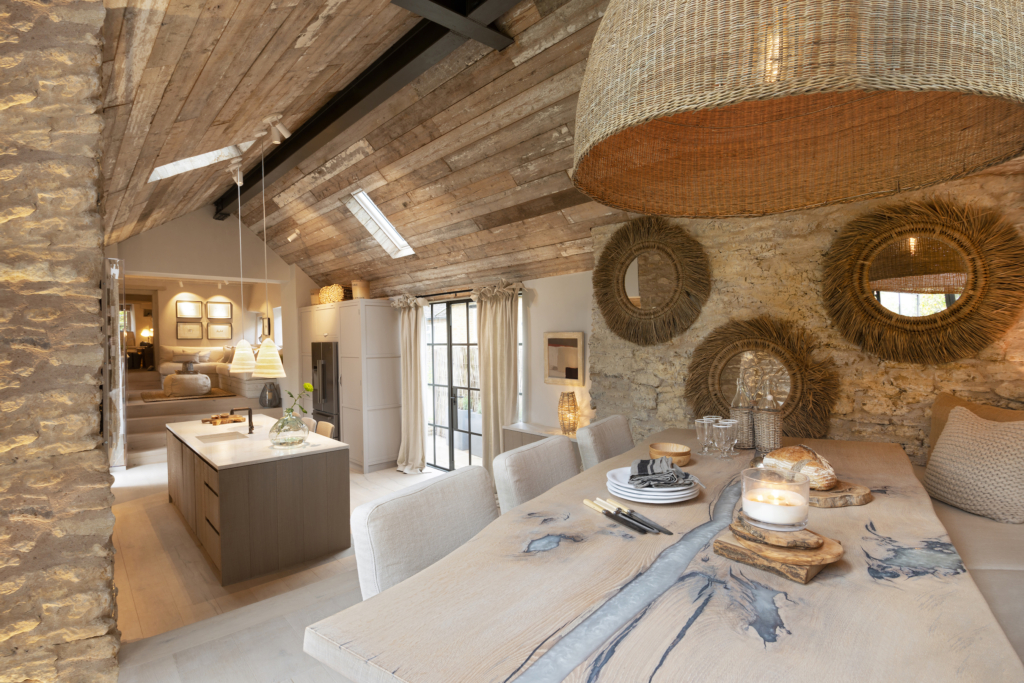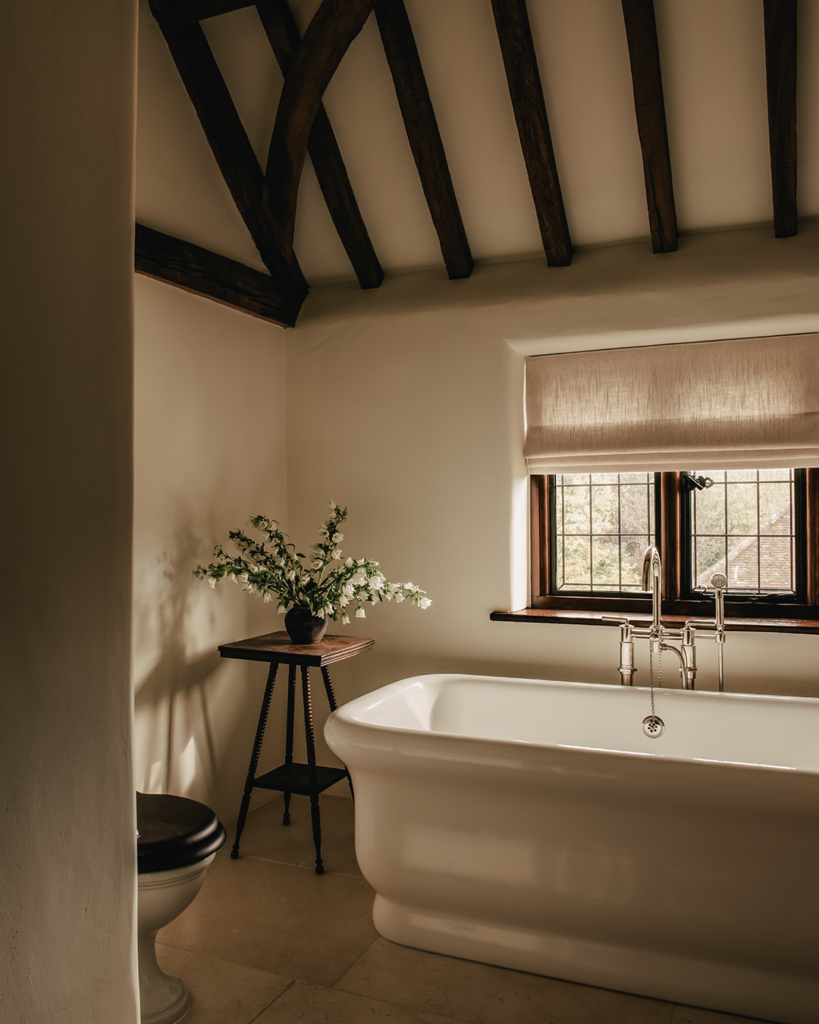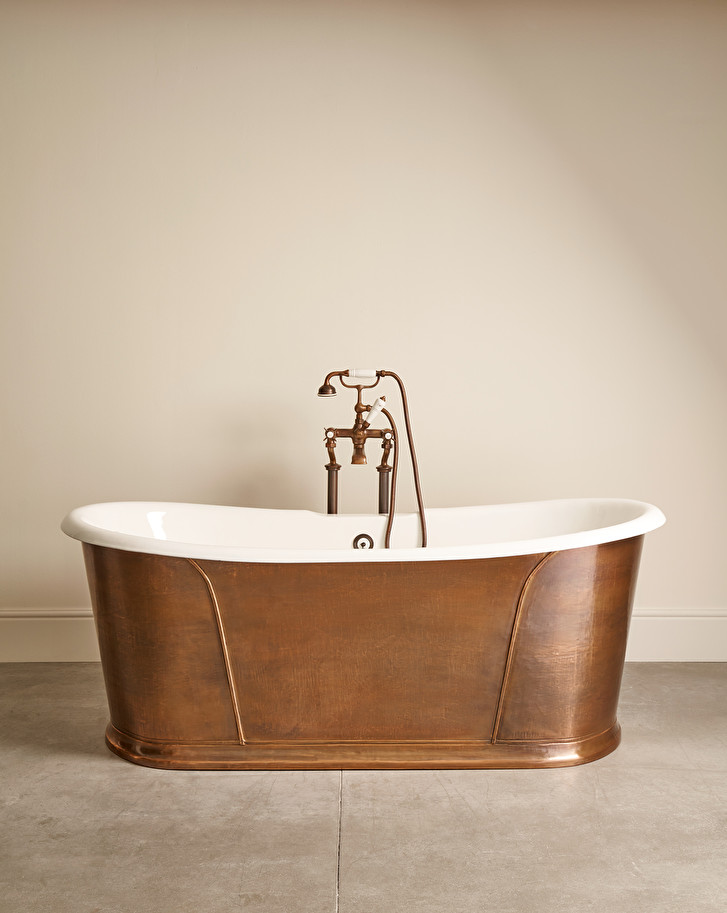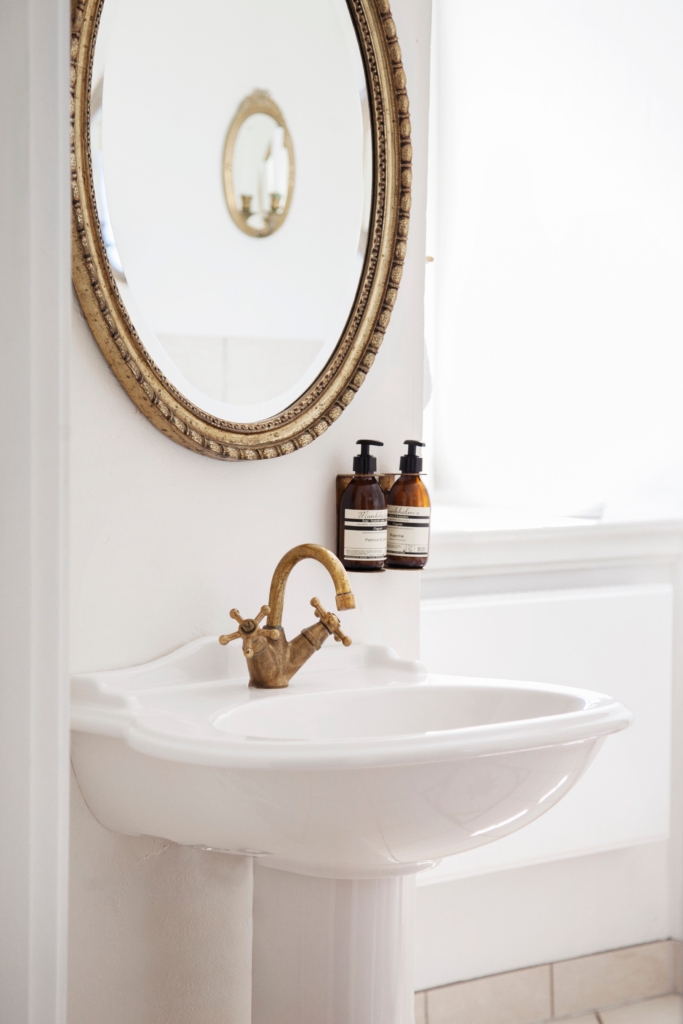
Encompassing nearly 800 square miles of rolling hills, winding rivers, Medieval castles and storybook villages, the Cotswolds is England’s largest designated Area of Outstanding Natural Beauty (AONB). Stretching across six counties — Gloucestershire, Oxfordshire, North Somerset, Warwickshire, Wiltshire, and Worcestershire — the pastoral region has served as creative inspiration for such literary icons as Jane Austen and J.R.R. Tolkien, not to mention famed British series spanning from Harry Potter to Downton Abbey.
With a name that’s likely an amalgam of the terms for “sheep pen” (cot) and “rolling hills” (wolds), the Cotswolds have long been associated with sheep — specifically the Cotswold Lion breed known for its golden fleece. During the Middle Ages, the area thrived as a producer of high-quality wool and many towns saw the construction or expansion of “wool churches” — Gothic houses of worship funded by wool merchants.

As recently as 1999, the Cotswolds landscape evolved with the arrival of spectacular lavender fields that now cover 45 acres of farmland. “It is now difficult to remember a time before lavender was central to our farm,” Cotswolds lavender farmer Charlie Byrd admits. “Almost everything we now do revolves around lavender — growing, harvesting, making new products and of course using it ourselves every day.”
But from an architecture and design perspective, the Cotswolds is easily known best for a distinctive style that began flourishing in the 17th century. Firmly rooted in reverence for tradition, Cotswolds style is synonymous with country homes and cottages built from a honey-colored limestone that’s indigenous to the region. In her blog “A Story of Sheep and Stone,” Wilderness England writer Alex Boag-Wyllie sheds light on its composition and characteristics.
“The stone found in the Cotswolds and beyond in the south of England is yellow oolitic Jurassic limestone. … Limestone is naturally a creamy color, becoming increasingly golden as it weathers, giving Cotswold stone its color. … The Jurassic segment of ‘yellow oolitic Jurassic limestone’ comes from the fact that this stone was formed between 199 and 145 million years ago, during the Jurassic period.”
Intriguingly, the shade of yellow oolitic Jurassic limestone shifts slightly based on geography — from golden hues in the center of the region to creamy whites in the Southern city of Bath. Famously singing its praises, English novelist J.B. Priestly once wrote, “The truth is that it has no color that can be described. Even when the sun is obscured and the light is cold, these walls are still faintly warm and luminous, as if they knew the trick of keeping the lost sunlight of centuries glimmering about them.”


From left: the Cotswolds hamlet of Castle Comb has been described as “the prettiest village in England”; yellow oolitic Jurassic limestone distinguishes some of the Cotswolds’ most famous buildings.
A distinguishing feature of landmarks such as Windsor Castle, Eton College, and the University of Oxford, Cotswold stone essentially inspired the hyperlocal color palette for the entire region. Warm, earthy, and textural, the classic Cotswolds mood board goes beyond honey-colored limestone to include exposed wooden beams, flagstone flooring, open shelving, comfy furnishings, brass and copper accents, and — importantly — a pervasive sense of understated luxury. Unsurprisingly, designers and homeowners often adapt and modernize the hallmarks of traditional Cotswolds style — which shouldn’t be confused with the more whimsical “cottagecore” aesthetic.
Among the design threads connecting Cotswolds-style kitchens is an unfitted plan that hearkens to the pre-industrial era. Prioritizing function over form, early unfitted kitchens were mix-and-match affairs combining unattached appliances, baker’s racks, butcher blocks, and hanging pot racks. Even today, unfitted kitchens often eschew built-in cabinetry in favor of freestanding hutches and sideboards that reflect craftsmanship and individuality.

One shining example, London/Cotswolds-based Osborn Interiors’ project The Old Post Office earned a British Institute of Interior Design (BIID) award in 2022 based on its thoughtful transformation of a stone thatched cottage from the 1540s into a “fully functioning dwelling, eminently suitable for our times.” Tasked with maintaining and highlighting “the historical features, such as the original stone walls, low-beamed ceilings and inglenook fireplaces, while using sympathetic design and materials throughout the renovation,” designer Bee Osborn created richly textured interiors — including an open kitchen and dining area distinguished by reclaimed materials and layered lighting.
In many Cotswolds kitchens, plumbing fixtures and hardware sway traditional and are often treated with “living” finishes. Long championed by Alexander Marchant, unlacquered brass and other living finishes age gracefully by design. Devoid of a protective sealant, the base metal is exposed to the elements — from the oxygen in the air to the oil on our hands — and begins to deepen in shade and develop a natural patina. Arguably inimitable, the nuances of living finishes exemplify the warm glow of the Cotswolds.



From left: Armac Martin’s Cotswold Collection comprises cup pulls, pot rails, bail handles, and other shapes inspired by the traditional beauty of the English countryside.
An English mainstay since 1929, Birmingham-based bespoke hardware manufacturer Armac Martin captures this vibe brilliantly with the aptly titled Cotswold Collection. Available in a broad array of finishes — from aged brass to polished nickel — the nine-piece collection is highlighted by cup pulls, bail handles, cupboard latches and homey pot rails with brass “S” hooks.
Similarly masterful with solid-brass luxury hardware, New York-based Classic Brass nails Cotswolds-appropriate styles with traditional collections such as Chautaqua and Hunter — both of which comprise dozens of knob and pull varieties available in 37 finishes.
An iconic American brand known for impeccable quality and design, luxury kitchen and bath authority Waterworks boasts collections that span from classic to transitional to modern. Channeling the spirit of the Cotswolds with the Connecticut-based company’s cabinet hardware might involve anything from the R.W. Atlas latch to a porcelain-topped Etoile knob or cup-style Paragon pull. Befitting any room in the house, the Waterworks Fallbrook collection also echoes the earthy tones and textures of the Cotswolds with classic knobs and pulls wrapped in timeless brown leather.



From left: bridge and gooseneck kitchen tap styles from TONI Copenhagen (Christiansborg), Newport Brass (Gavin), and Waterworks (Easton).
Arguably, one of the most impactful ways to bring the old-world warmth of the Cotswolds into the kitchen is with a traditional faucet — especially bridge and gooseneck styles. Among our many favorites are styles from Waterworks’ Easton, Julia, and Aero collections; TONI Copenhagen’s covetable Christiansborg collection; Waterstone’s vintage-inspired Hampton suite; Newport Brass’ Fairfield, Chesterfield, and East Linear collections; and just about any kitchen tap from longtime London mainstay Barber Wilsons.
As UK-based designer Jacqueline Dantier explains in a video exploring English country style, “The Cotswold interior design style captures the essence of rural charm and timeless elegance, blending heritage with contemporary comforts in perfect harmony.” In addition to tried-and-true materials such as limestone, exposed wooden beams, and flagstone flooring, Dantier points out that Cotswolds living spaces often feature traditional furniture — think Chesterfield sofas, Windsor chairs, French-style coffee tables, and oversized ottomans — along with a warm and earthy palette of soft neutrals. Emphasizing the warmth of that palette, lighting is frequently layered and takes shape in ceramic table lamps, brass or copper pendants, lamp-shade chandeliers, even candles in glass lanterns.
In keeping with the tone set by traditional hardware and living finishes in the kitchen, door hardware also sways classic. “Makers of fine English hardware since 1914,” Birmingham-based Frank Allart rises to the occasion with a wealth of options available in a wide range of finishes — including multiple shades of unlacquered brass.



From left: Waterworks’ Empire bathtub and Henry tub filler; Devon&Devon’s cast-iron Ambra tub; TONI Copenhagne’s Christianborg lavatory tap.
The sense of quiet luxury easily carries over into Cotswolds-style bathrooms, with plumbing fixtures and cabinet hardware typically following time-honored traditions. (A cast-iron or claw-foot bathtub outfitted with a brass tub filler is a great place to start.)
But as British interior designer Pippa Paton deftly illustrates in her book Twenty First Century Cotswolds, English country interiors are increasingly eclectic and appointed with modern comforts and conveniences. “The main theme of this book is the passion to preserve the Cotswolds’ history, architecture, and buildings whilst making them relevant to 21st-century living,” she writes. With that in mind, Cotswolds style can be adopted with reverence or adapted with contemporary sensibilities and creature comforts at play.
